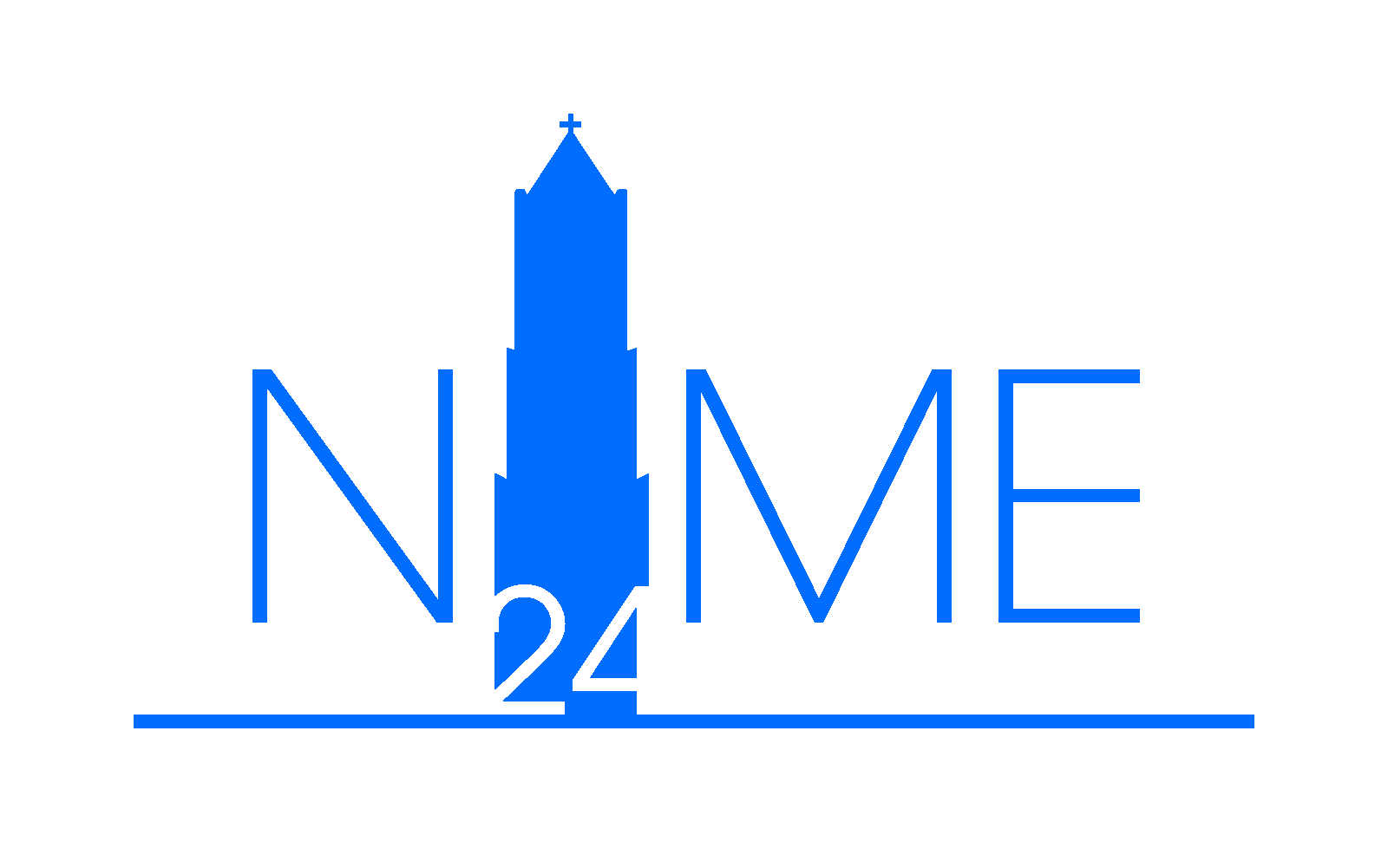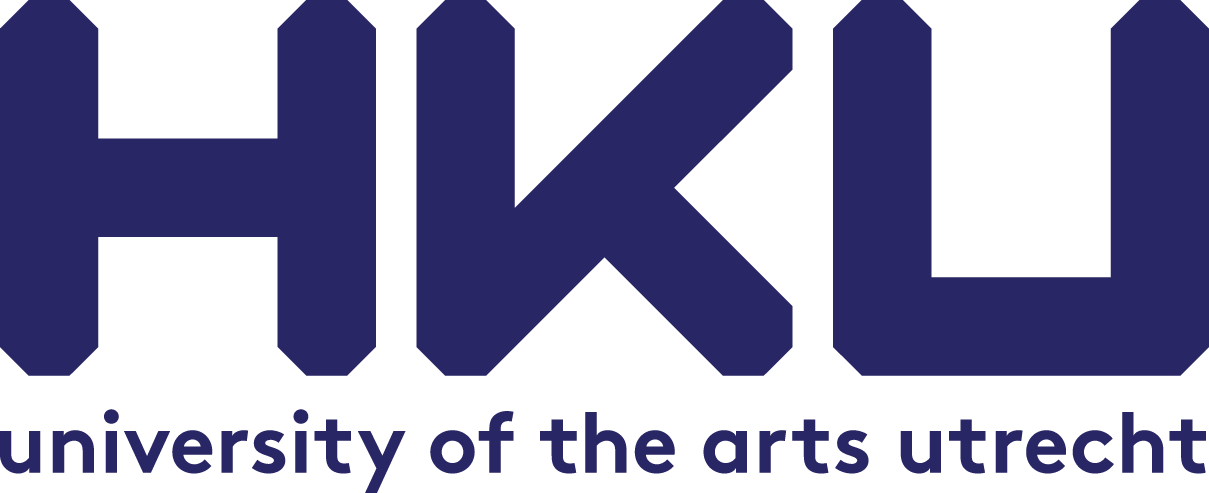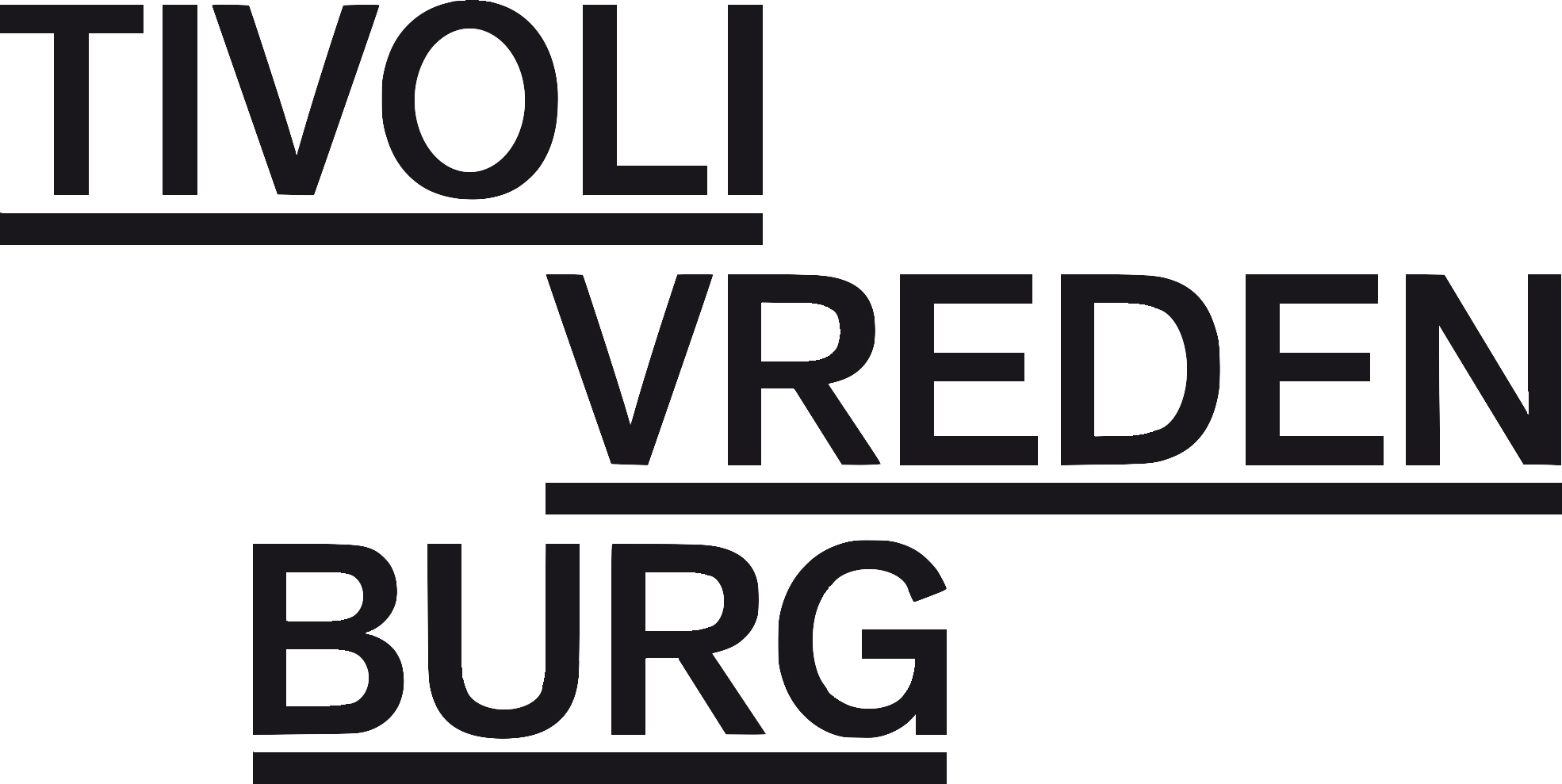The Conductive Kinetic Box
Erin M Demastes (Louisiana State University) Abstract:
The Conductive Kinetic Box is an experiment in creating a unified and portable tactile instrument made from five separate kinetic elements. These kinetic elements are paired with five circuits that connect into five small speakers allowing the instrument to be played both acoustically and electronically. As the kinetic elements move and connect with themselves, an electrical connection is made which turns the speakers on and off at the same rate as the physical connection. These elements are designed to make distinct sounds based on the physics of their motion and materials, but all are made with metal to ensure an electrical connection when powered. The Conductive Kinetic Box also explores repurposed and handmade materials as the wooden enclosure is handmade, and many of the metal elements are repurposed, such as a small wind chime, perches for hamsters and birds, aluminum foil, jar lids, photo holders, and a piece of a coat rack.












